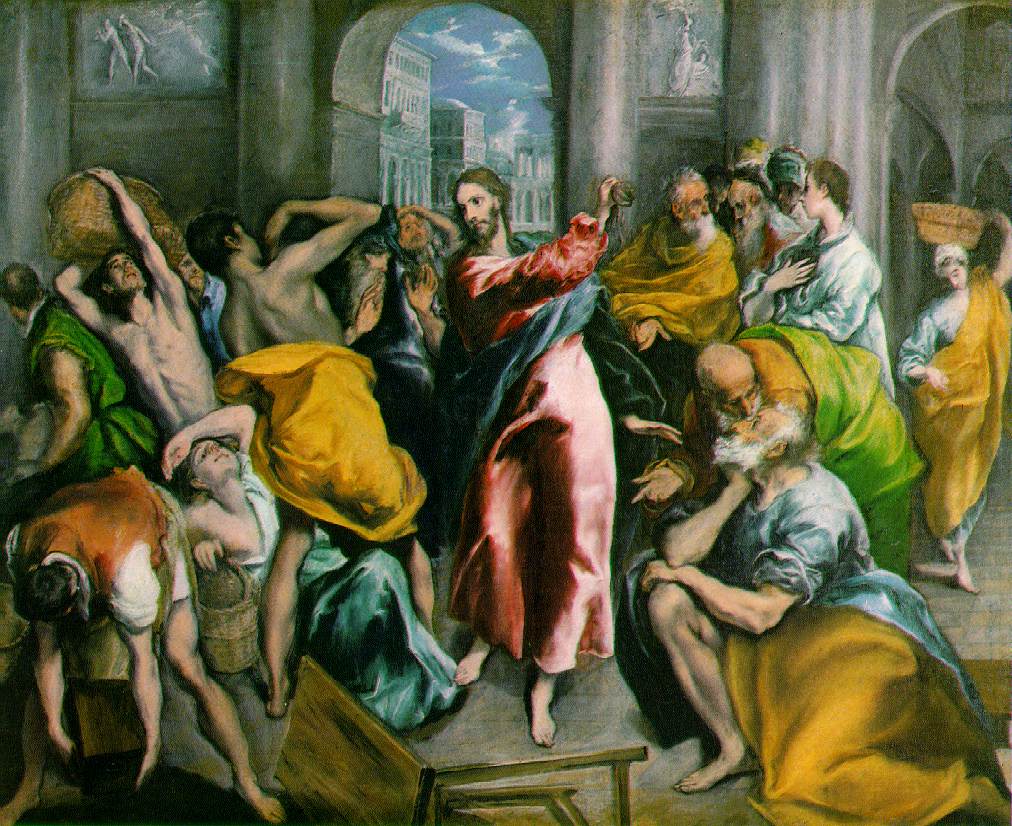
I was reading Clement of Rome today. He was an early church father, one of the ante-Nicaean Fathers to be specific. He mentions a particular animal in his first epistle. The Phoenix. He uses it as an analogy but in it's description shows that he believes the creature exists in nature. I was amazed.
A major church leader of the early Christian church believes in a bird that consumes itself in flames and is reborn?! So I read up a little further. It's crazy but this thing, although most likely did not exist, was considered real by many big time historical figures.
It's first mentioned by Hesiod in the 8th century B.C., Ovid talks about it, Plutarch, Herodotus of Halicarnassus says he hasn't seen it physically but some priests he knows in Egypt did. Tacitus, that major historian writes about it.
Turns out early christians utilized the symbolism of the Phoenix to represent Christ's death and resurrection. How about that for a church emblem?
We focus on the fish and lamb but the Phoenix was used as well in early Christian churches as a secret symbol during the persecutions.
I thought that was cool. A whole new trend in Christian tattoo. Massive flaming Phoenix! It's Christ!!!

Also cool is that Christ ransacked the temple twice not once as is commonly thought. John 2 :13-17 has him kicking merchant butt right after the wedding feast at Cana (his first biblically recorded miracle) and Matthew 21:12-13 tells of Christ messing up the moneychangers after his Triumphal entry near the end of his ministry.
Something so important he had to do it twice. Also shows why the crowds turned so ugly in a week. Hosanna!!! (make a whip, beat up moneychangers) Crucify him!!!
Talk about fickle.
4 comments:
I don't think that the temple cleansing actually did happen twice. The Gosple authors have been found to play with the sequence of events in Christ's life in order to fit broader literary themes. There are some other events in the Gospels that don't line up sequentially when you compare them all together. It doesn't necessarily mean that these things happened more than once.
That Phoenix thing is pretty cool though.
How literal is the Bible? Why would John mention it in the beginning of His ministry and Matthew at the end? Why not have it twice? And if it only happened once when was it?
It's a bit difficult to explain. A lot of it has to do with the culture of the time. An "accurate" account of events was defined very differently than we define things now. That's not to say that the things mentioned didn't happen. I read a good book on it in college, I'll see if I still have it for you. There are a couple of ways to think about it. Matthew and John are telling the story of Christ independant of each other, and several decades after the events actually took place. Try to recall a favorite college moment of hanging out with friends. What month was it, and who was there? Now ask one of your friends the same question, the answers might be different. Does that invalidate the experience? Next time I come over we can talk about it, and I'll see if I can find that book.
Post a Comment